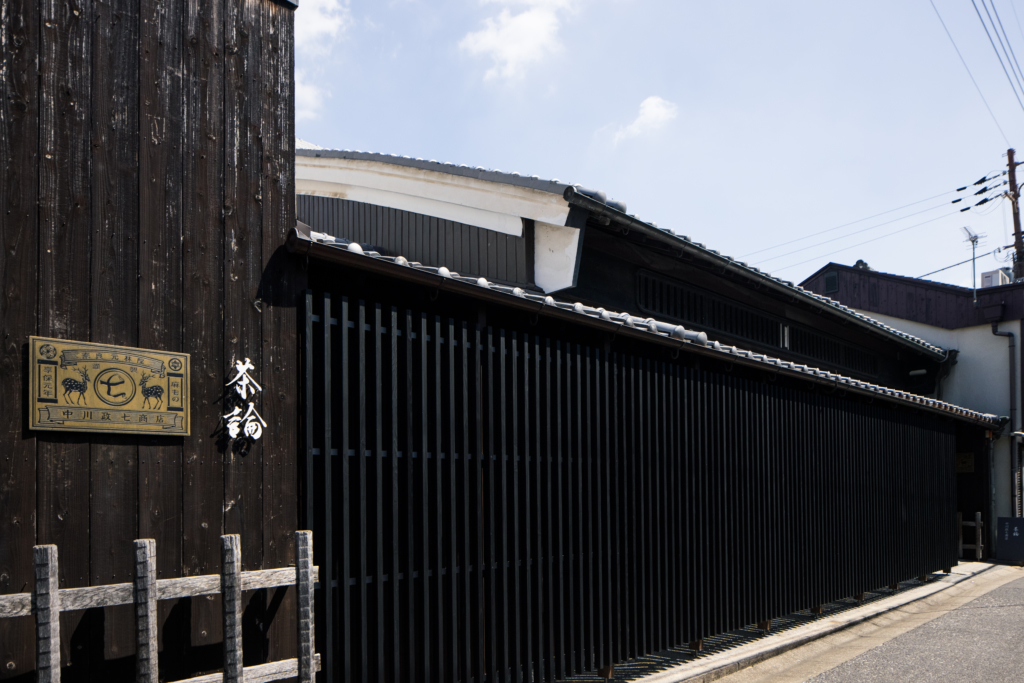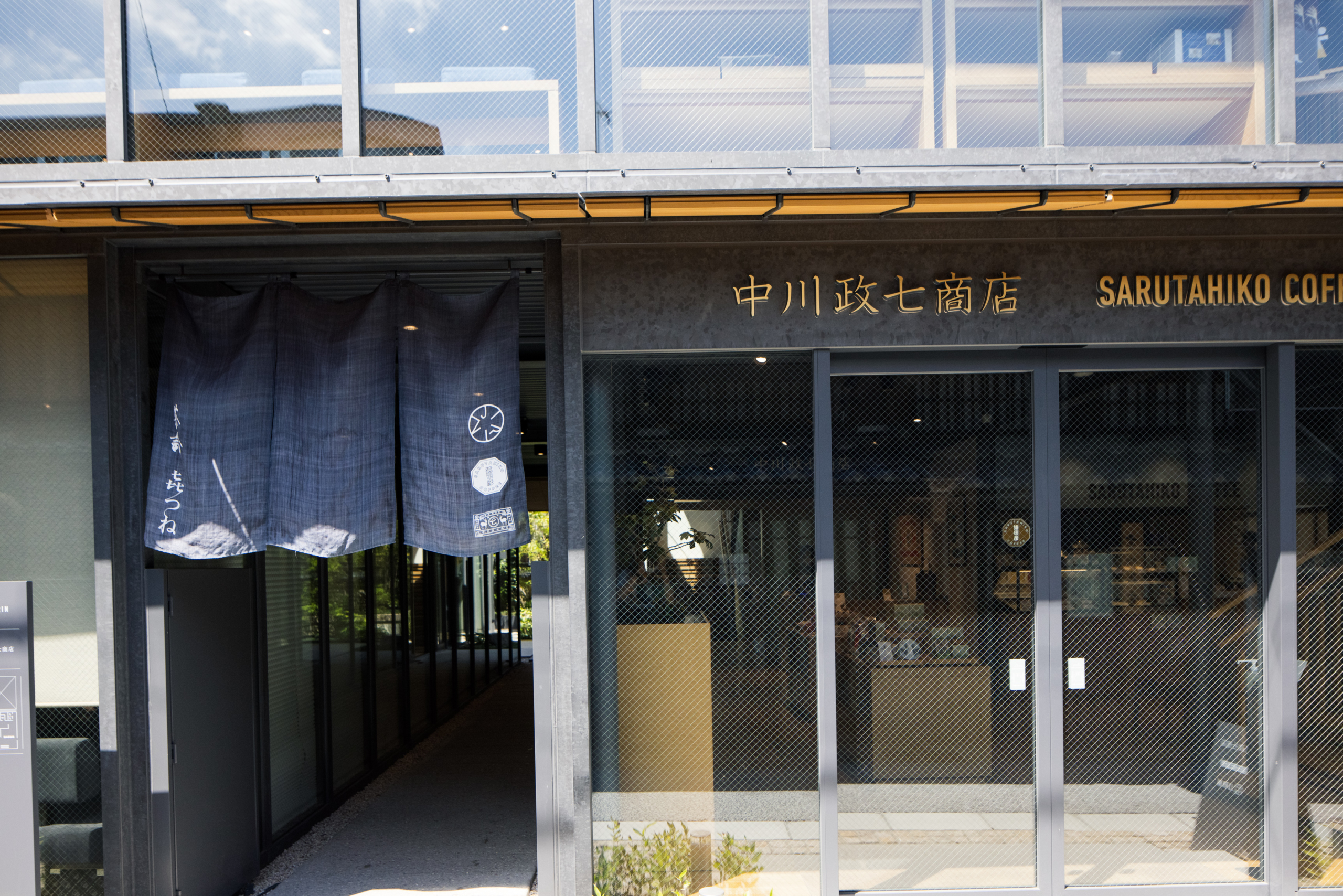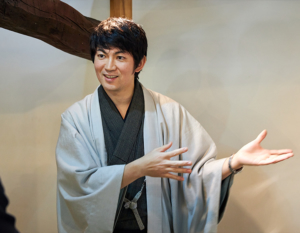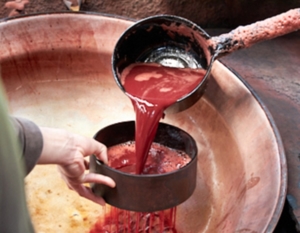History of “Masashichi Nakagawa Shoten”
Many people have probably seen “Masashichi Nakagawa Shoten” and “Yuu Nakagawa” at commercial facilities and station buildings around Japan. These stores are operated by Masashichi Nakagawa Shoten Co. The company that operates these stores is Masashichi Nakagawa Shoten Corporation, whose vision is to “Energize Japanese crafts!
Nakagawa Masashichi Shoten has a long history. In 1716, Kihei Nakaya I founded the wholesale business of Nara Sarashi in Nara Prefecture. Nara-zarashi is a hand-woven, hand-bleached hemp fabric that has been bleached to a pure white, and because of its high quality, it was valued during the Edo period as formal clothing for samurai warriors and for use at shrines and temples.
However, with the Meiji Restoration, the demand for Nara-sarashi began to decline as the samurai, who were the biggest consumers of the fabric, disappeared. While many Nara-sarashi shops changed their business, Nakagawa Masashichi Shoten tried to survive as a hemp shop by opening up new markets such as sweat absorbent for bathing and maternity clothes. The strategy paid off, and the high quality of the “Sweat Cloths” was recognized and the company was honored with an Imperial warrant. In 1925, the company exhibited a handkerchief made of handspun hand-woven linen as a representative of Japanese craftsmanship at the Paris Exposition, and received a certificate of merit. The certificate of the exhibition is still displayed in the main store. Today, the factory in Japan is no longer in operation, but in order to preserve the handmade texture, some of the production has been moved overseas to keep the handspun hand-woven hemp handkerchiefs alive.
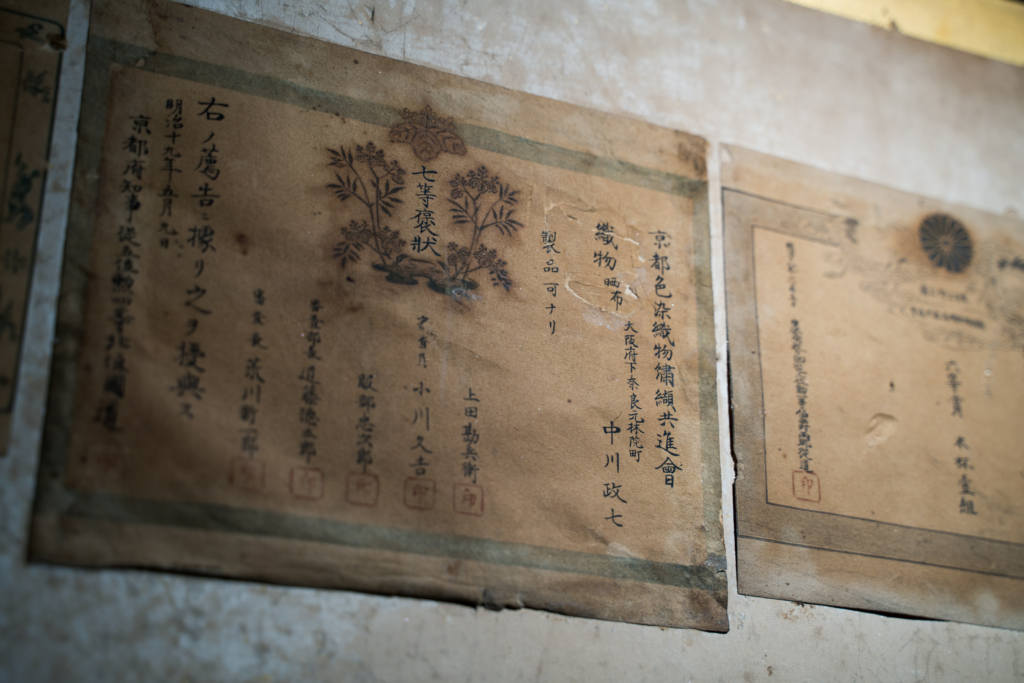
The challenge of “Masashichi Nakagawa Shoten”
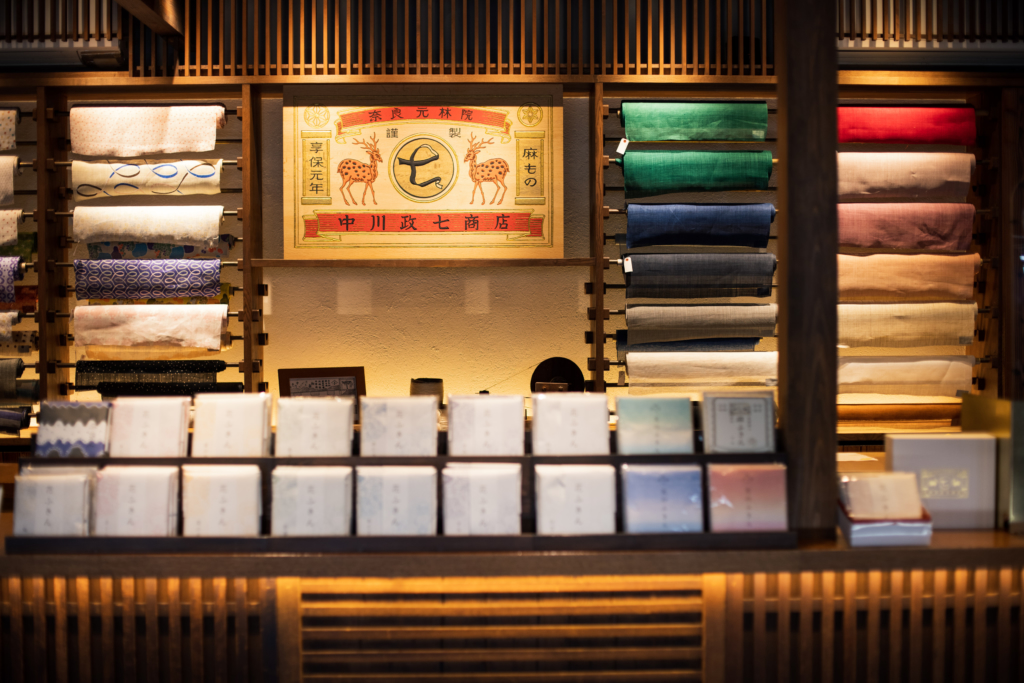
In 1985, Masashichi Nakagawa, who had been engaged in wholesale and manufacturing until then, opened “Yu Nakagawa” in a vacant workshop following the relocation of the head office and started the retail of linen accessories. At the time when Masashichi Nakagawa joined the company, about 70% of its annual sales of 1.2 billion yen were related to tea ceremony utensils, and sales of Japanese goods using linen fabrics accounted for only about 30% of total sales, 80% of which were wholesale and 20% of which were retail. After determining how to keep up with the competition, the company decided to strengthen its brand power, in other words, to dramatically increase the number of points of contact with customers. In this way, the company succeeded in accelerating sales at directly managed stores and the development of its own brand, thereby raising its brand recognition. The company began to collaborate with makers across the country to develop products not only for hemp, but also for general household goods based on Japanese craftsmanship. In particular, “Hanafukin,” made of two layers of 100% cotton kaya-ori fabric, won the Good Design Gold Award in 2008 for its functionality and lovely appearance, and continues to be a best-seller today. Today, the company has grown to have approximately 60 stores nationwide, and in the 16 years since Mr. Nakagawa joined the company, sales in the household sundries business have increased 13-fold. Furthermore, under the vision of “Revitalize Japanese crafts! the company expanded its business to include management consulting and distribution support for craft manufacturers nationwide.
An “industrial revolution” in crafts and “industrial tourism” to spread their appeal.
Mr. Nakagawa’s goal is to energize the entire manufacturing region. Crafts are based on the division of labor, and if any part of the craft is interrupted, the whole process comes to a halt. For example, in a pottery production area, if all processes could be completed in one place, including the fabric and mold makers involved, rather than just the potter, an “industrial revolution” would be born in the world of crafts. However, this would require a huge investment. So what should be done to make it happen? The concept that we came up with was “industrial tourism. By gathering manufacturing sites in one place and preparing them so that visitors can come at any time, it will be easier for them to come into contact with local craftsmanship and industrial tourism will become a reality. Industrial tourism requires not only manufacturing, but also attractive contents such as good food and lodging. After nearly 10 years of planning, the city decided to open a three-story commercial complex “Shikasaru Kitsune” in April 2021 as a base for “revitalizing Nara as a city”. The three-story commercial complex “Shikasaru Kitsune Building” opened in April 2021 as a base for “revitalizing the entire city of Nara.
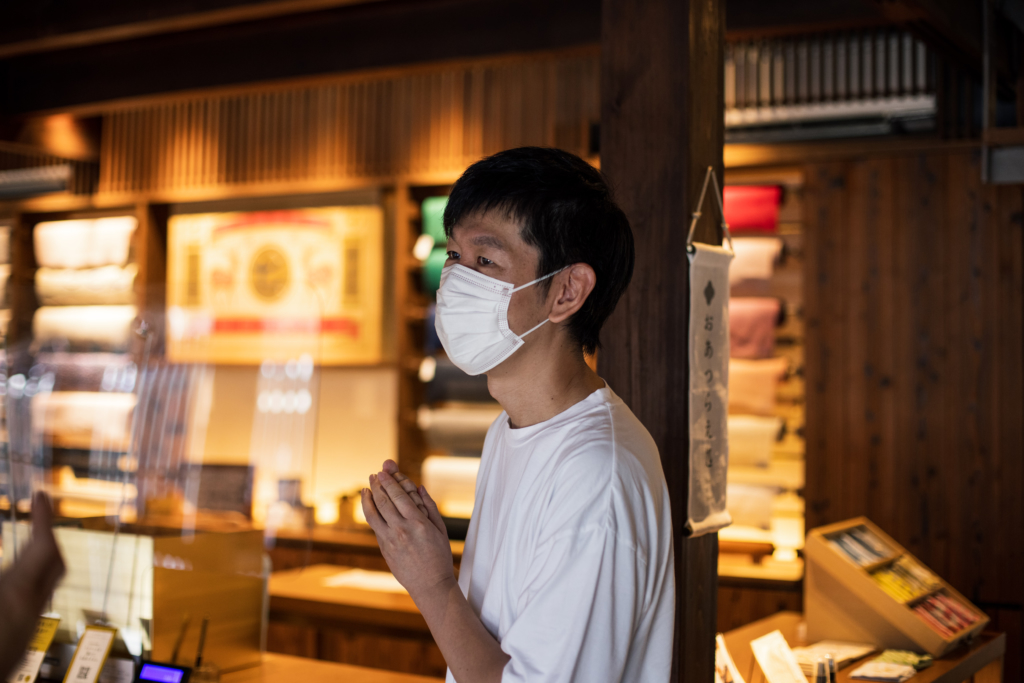
Designed by one of Japan’s leading architects, Mr. Hiroshi Naito, the building’s appearance blends in with the wooden architecture of Naramachi, and the alleyways within the building are intended to create a nostalgic atmosphere, expressing the newness of the old while preserving the old. The building is designed to be a place where many people who come to Nara to visit the “Shika Sarukotsu Building” can enjoy food and shopping, as well as an area where visitors can learn about the history of Nakagawa Masashichi Shoten’s craftsmanship. In addition, the “JIRIN” area was established to provide multifaceted support for small businesses in order to create an opportunity for people to try starting something in Nara against the backdrop of Nara’s rich cultural heritage. It holds study sessions on business management, and right next to the space, Nakagawa and his team have set up an office. New small businesses have already sprung up here, and the first star that will energize Nara, as Mr. Nakagawa envisioned, has begun to shine.
Nakagawa says that even at this point, they have only reached the second stage of their goal.
The challenge of Nakagawa Masashichi Shoten will continue in order to restore the pride of Japanese craftsmanship.
